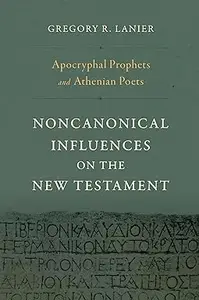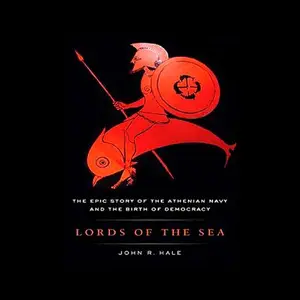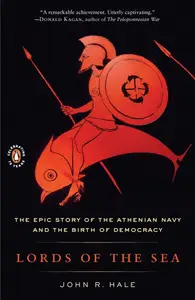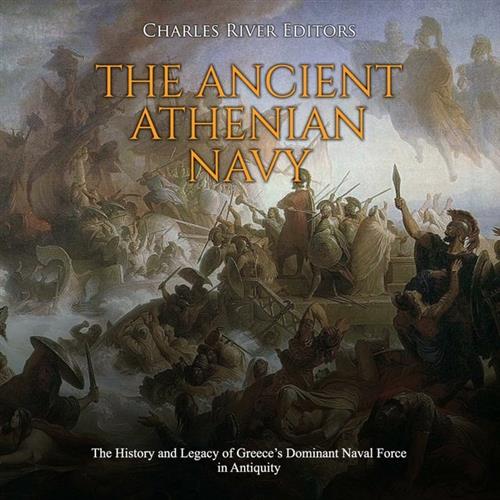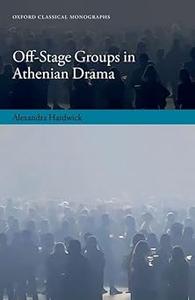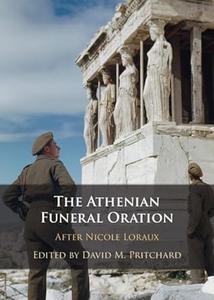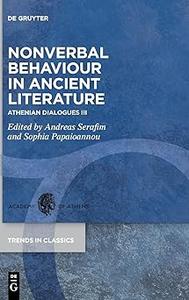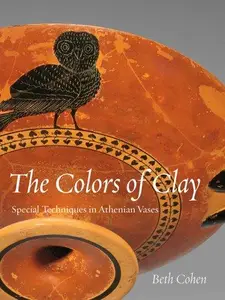 Free Download The Colors of Clay: Special Techniques in Athenian Vases By Susan Lansing-Maish, Kenneth Lapatin, Jeffrey Maish, Joan R. Mertens, Marie Svoboda, Marion True, Dyfri Williams
Free Download The Colors of Clay: Special Techniques in Athenian Vases By Susan Lansing-Maish, Kenneth Lapatin, Jeffrey Maish, Joan R. Mertens, Marie Svoboda, Marion True, Dyfri Williams
2006 | 385 Pages | ISBN: 0892365714 | PDF | 42 MB
This is the catalogue of a fascinating exhibition, curated by Beth Cohen, that was at the J. Paul Getty Museum from June 8 to September 4, 2006, the first large international exhibition to be held in Malibu at the newly renovated and expanded Getty Villa. The catalogue, most of which is by Cohen (hereafter C,), is truly excellent and makes an important contribution to the study of Greek art. This heavy tome can hardly be called a handbook, but it surely will become the primary reference work for special techniques in Athenian vases.Coral red, white ground, Six’s technique, gilding, and raised clay relief are techniques familiar to vase specialists, but they remain poorly understood by most people. Appreciating their nuances requires close examination of the vases themselves, for which the best photographs often are no substitute. Cohen, whose knowledge of these techniques is unrivaled, several times mentions her own surprise at finding new details on vases that she formerly had known only from published images. Having said that, the photographs in this catalogue, nearly all in color, are exceptionally good, and the layout is pleasing, spacious, and clear. Several vases receive less than full coverage, presumably to emphasize the passages most relevant to the theme. This is not a CVA, and we should not expect images from every angle. Those desirous of more information will find it in the entries, some of which would put the CVA to shame. Indeed, there is more information than the average reader will want, sometimes offering a level of detail that only the most hardened vase scholar will wish to wade through. Museum catalogues, even on so esoteric a subject, should make some concession to the average reader, but this is no work for beginners. Although only a few new attributions are ventured, the approach is Beazleyan in the sense that style and technique are the focus. Iconography is not ignored, but it clearly is secondary. While some might wish for a more well-rounded approach, it would behoove those impatient with connoisseurship to pay more attention to these devilish details. If there is one message conveyed by this book, it is that one should look very closely at works of art.The director’s Foreword is followed by Acknowledgments, a Map, Abbreviations, and C.’s Introduction. An initial essay by Jeffrey Maish, Marie Svoboda, and Susan Lansing-Maish presents "Technical Studies of Some Attic Vases in the J. Paul Getty Museum," conducted in collaboration with the Getty Conservation Institute. These studies focus on the nature of coral red "gloss," the term preferred by the Getty editors to "glaze" (to C.’s evident annoyance: p. 116 n. 4), of applied gilding, and of distinctive colors on select vases. There is still uncertainty about the composition of coral red and what role the kiln environment, temperature, and firing sequence played in its production. It has been successfully reproduced, by forgers as well as scientists, but there is more to be learned. Its appearance is very close to that of misfired black gloss, as this reviewer can testify after puzzling over fragments from excavation. Their compositions must have been different, however, for them to acquire such distinct characteristics during the same three-stage firing. Techniques of gilding also continue to be debated. Gold has a higher melting temperature than that required for firing black gloss. Although this means it could be applied before firing, the researchers conclude that it usually was not. Analysis of various red colorants reveals that both common "added red" and the red used on some Six’s Technique vases contain hematite, which is not really surprising. On the other hand, it comes as news that, on one vase, red cinnabar was applied after firing (p. 13, fig. 5).The 105 Attic vases featured in the catalogue come from seventeen American and European museums. The quality of the works selected is mind-boggling, combining famous masterpieces with lesser known vessels of equal beauty and importance. They range in date from the Acropolis dinos fragments signed by the black-figure artist Sophilos, ca. 580 BC (cat. 40), to a trio of spectacular Kerch-style vases of the mid-fourth century (cat. nos. 103-105). The entries are divided into nine chapters, each preceded by an essay describing a particular technique, type, or tomb group and synthesizing the latest scholarship. All but two of the entries are by C., as are the first five essays; the last four are by Joan Mertens, Marion True, Dyfri Williams, and Kenneth Lapatin. In the back are a Glossary, Concordances, an Index of Painters, Groups, and Classes, Abbreviations for References, and a list of cited References. There is, alas, no index.

